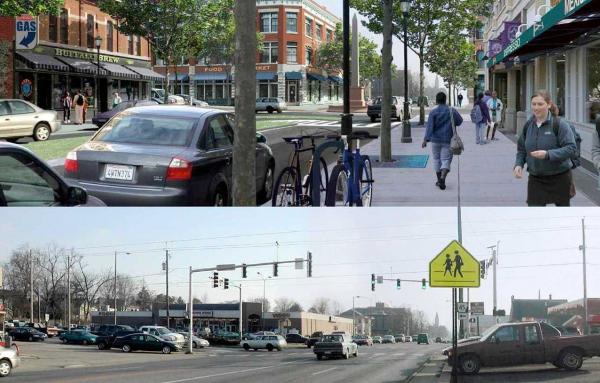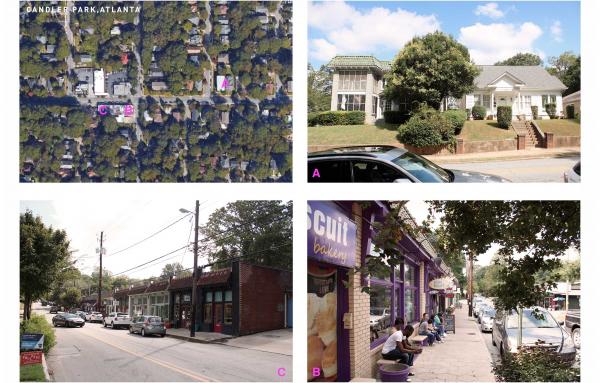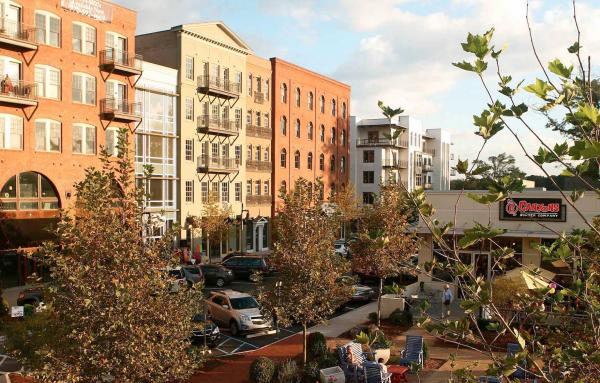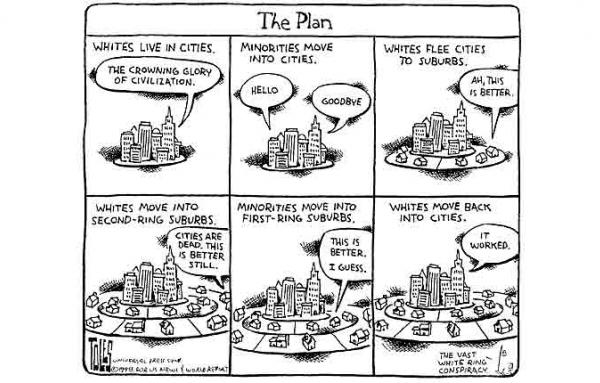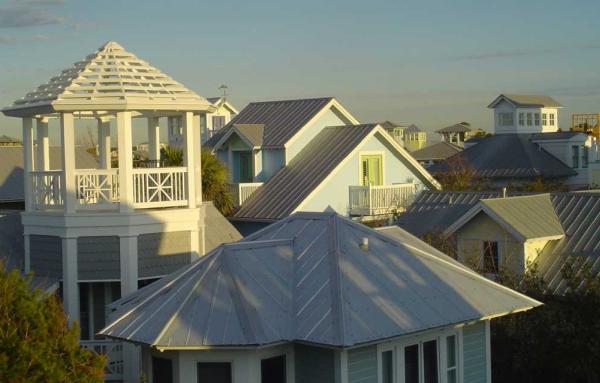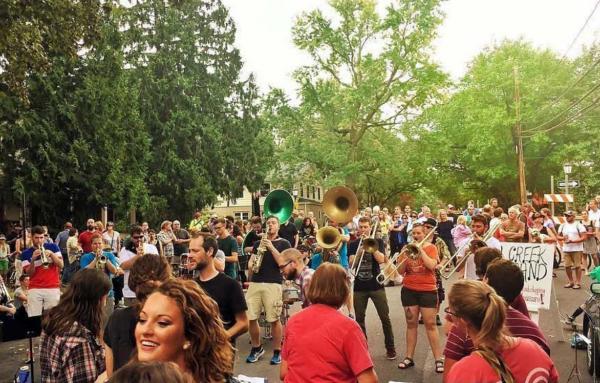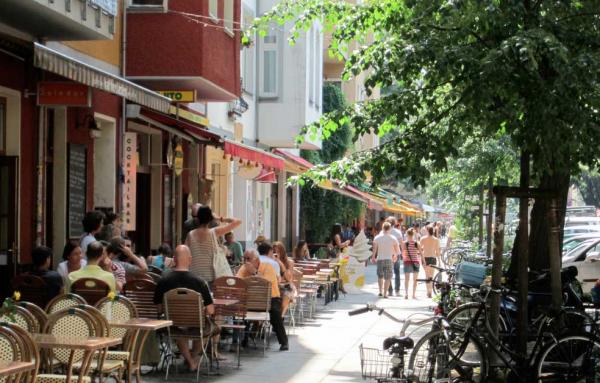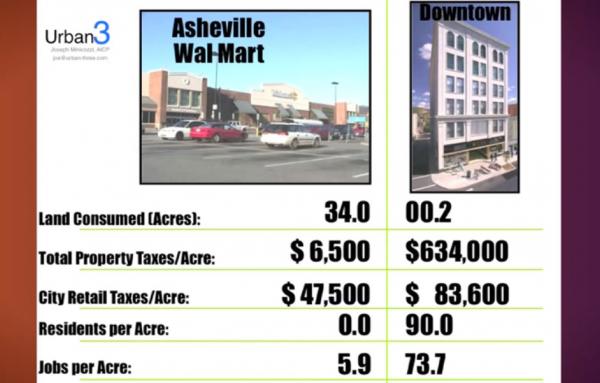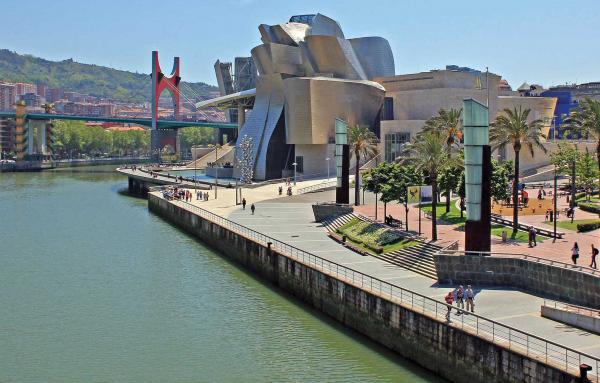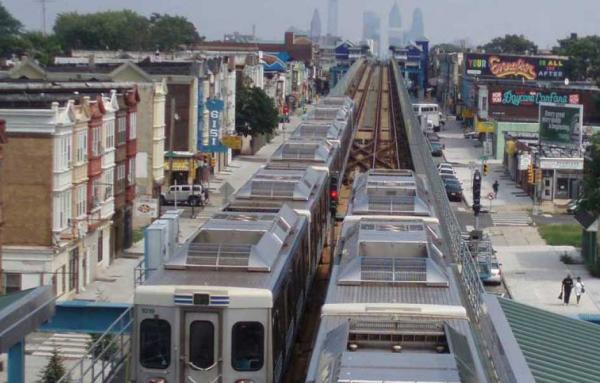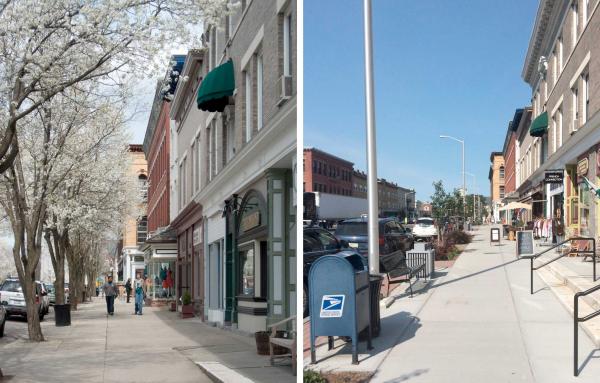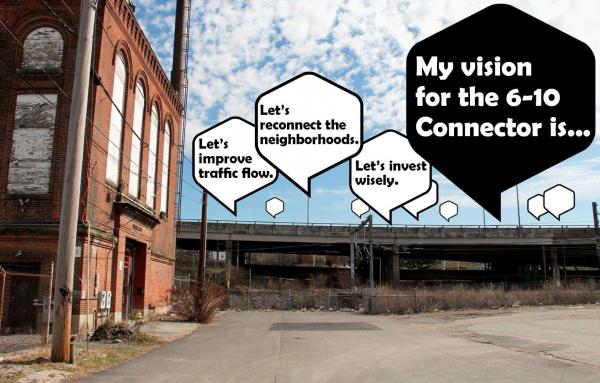RECENT ARTICLES – 2016
When the research favors compact, mixed-use neighborhoods, why do our policies often favor sprawl?
In order to build a 'Missing Middle' development, a rezoning and/or a variance is typically required—which means the project must be sold to the neighborhood. This is what we have learned on how to do that.
Administration calls for local laws to allow accessory dwelling units and denser development and eliminate off-street parking requirements, among other changes.
The resort town in the Florida Panhandle is best known for being compact, walkable and diverse in uses and places, but Seaside has also become known as one of the first environmentally designed new towns.
"Porches become stages, yards become venues, and radical generosity and good will rule the day."
A study by Redfin, the owner of Walk Score, shows that true walkability has tremendous economic value—but Walk Score itself has problems.
Gehry's Guggenheim museum itself did not make the difference—rather the new public realm attracted and kept people and businesses in Bilbao.
Commuters cut crash risk by more than 90 percent when taking public transit instead of driving, and investment in transit may reduce a community’s automobile crash risk in half, according to research.
Great Barrington’s Main Street should be a place where place people want to get out of their cars to shop, eat, and socialize—under a canopy of trees. That’s not what state departments of transportation build, however.
A diverse group is promoting "cost effective," place-creating alternatives to rebuilding an ugly freeway in Providence, Rhode Island. The current 6-10 plan "feels like they are screwing poor people, like it's urban renewal 201," says a Coalition member.
